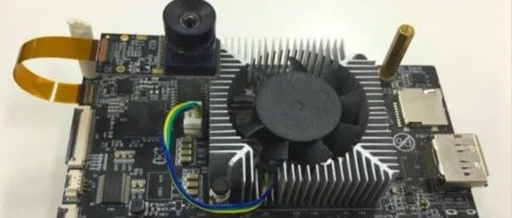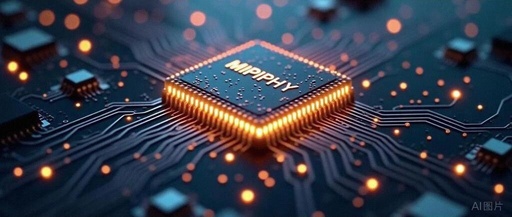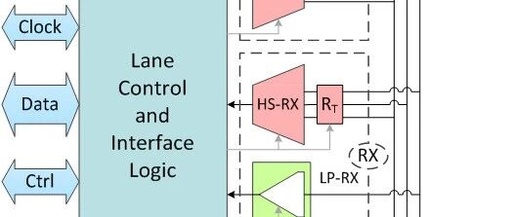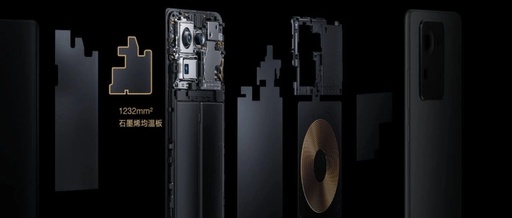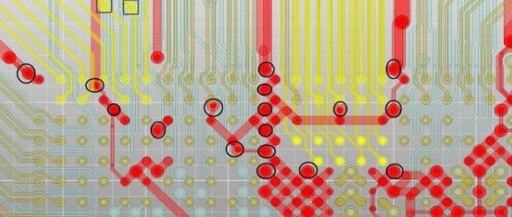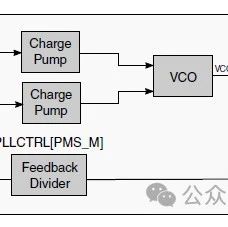Technical Insights | Detailed Explanation of the MIPI D-PHY Protocol
This article is reprinted from the Zhihu community by the authorTian Tian’s Little Tiger’s Column, and the reprinted article is for learning and research purposes only. Introduction MIPI: The full name is Mobile Industry Processor Interface.MIPI is an open standard initiated by the MIPI Alliance for mobile application processors. MIPI can be divided into two … Read more

